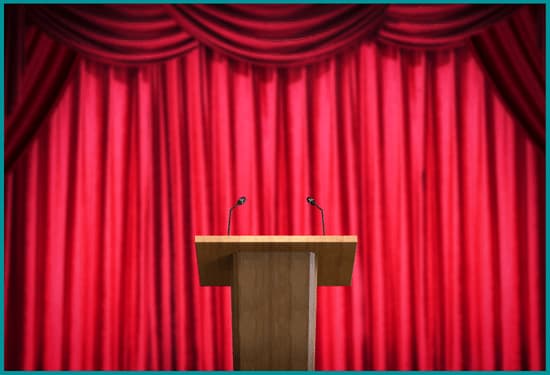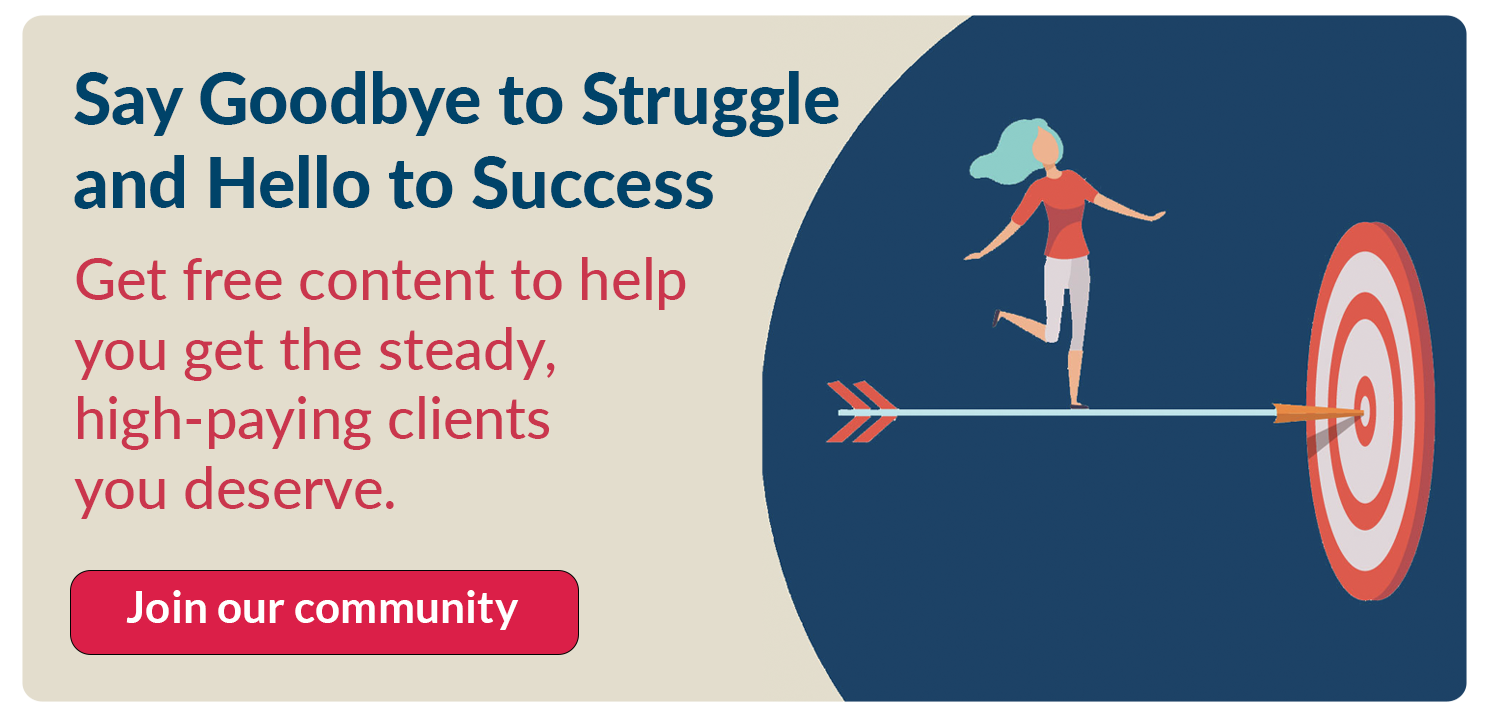How to Conquer Fear of Public Speaking for Freelance Success
 When I was growing up, I was so shy that I used to hide behind my mom when people came to see us—even people I knew well. The first time I gave a presentation, I held onto the podium with a death grip the entire time. Like most people, I had a severe case of glossophobia (fear of public speaking).
When I was growing up, I was so shy that I used to hide behind my mom when people came to see us—even people I knew well. The first time I gave a presentation, I held onto the podium with a death grip the entire time. Like most people, I had a severe case of glossophobia (fear of public speaking).
Public speaking has been rated the #1 fear—above death. Yet, the ability to present our ideas well is critical, whether we’re speaking before an audience or making a pitch to a prospective client.
And public speaking is a great way for freelancers to build authority and attract great clients.
Great Speakers are Made, Not Born
I started becoming more comfortable with public speaking after I learned two things:
- Almost everyone gets nervous
- Great public speakers are made, not born.
A few years ago, I heard communications consultant Eric Bergman speak on presenting with ease. For an hour and a half, Bergman casually walked around the room, sharing his message while appearing to be totally calm, cool, and confident.
I asked Bergman whether he got nervous before he spoke to an audience. He looked me in the eye and said that he quaked in his boots before every presentation (and yes, he was wearing boots).
Knowing that a presenter as good as Berman got nervous made me feel much better. The next time I got up in front of an audience, I had a lot more confidence.
Great public speakers aren’t born, they’re made, says Camine Gallo, author of Talk Like TED: The 9 Public Speaking Secrets of the World’s Top Minds (I read the 2014 version, which Gallo updated in 2016). The book is based on Gallo’s study of the best presentations on TED.
What makes people great speakers is:
- Passion
- Practice
- The will to communicate well.
I already had passion and the will to communicate well. Talk Like TED inspired me to keep practicing. The book also told me how to create better presentations. Now, I look forward to public speaking.
Engaging Presentations are Emotional, Novel, and Memorable
The best presentations, says Gallo, are emotional, novel, and memorable. “Great communicators reach your head and touch your heart. Most people who deliver a presentation forget the heart part,” he says.
Novelty is the single best way to capture attention. Neuroscience backs this up: The brain likes novelty.
A presentation needs to be memorable because “You may have novel ideas, but if your audience cannot recall what you said, those ideas don’t matter,” says Gallo.
Other tips from Gallo include:
- Using stories to “illustrate, illuminate and inspire.”
- Covering the big picture before the details; that’s how our brains process information.
- Using humor to make the audience more receptive to your message
- Using gestures to appear confident, but sparingly to reinforce key messages.
If you want to get better at public speaking, or get started in public speaking, Talk Like TED: The 9 Public Speaking Secrets of the World’s Top Minds will inspire you and give you practical advice on how to do this.
Engaging Slides Look Great and Convey Key Messages
Slides are a key part of presentations today, but often, they drain the life out of the audience, says Akash Karia, author of How to Design TED-Worthy Presentation Slides (Black & White Edition): Presentation Design Principles from the Best TED Talks.
“Every day, audience members are forced to sit through mind-numbing, text-heavy, data-filled presentations that end up doing more damage than good,” he says.
Reading Karia’s book helped me transform my slides so that they are visually appealing and contribute to audience understanding of my messages.
Creating slides right away is the biggest mistake presenters make, says Karia. This leads to what Berger calls “death by PowerPoint.” Instead, plan your message and your presentation before working on the slides.
“Think of your slides as billboards,” sys Karia. “The main message of your slide should be clear to your audience within three seconds or less.”
Other tips from Karia include:
- Limiting the text on each slide
- Using large images with little or no text
- Using images that create an emotional response.

Learn More About Public Speaking
Carmine Gallo, Talk Like TED: The 9 Public Speaking Secrets of the World’s Top Minds
TED Talks: Watch talks on many subjects online.
TED E-newsletter: “get inspiration delivered straight to you… daily or weekly”